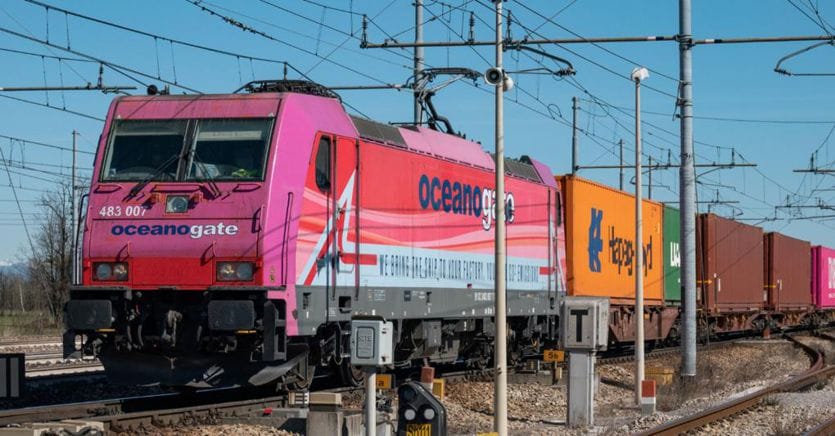Today in Italy the market share of railway cargo is 13%, below the European average (19-20%), much lower than the figure of Switzerland and Austria (around 35%) and much lower than that of the United States (46%). It is clear that if we want to reach the 30% threshold by 2030, as the European Union requires, we must run. And to push freight to rail at the expense of Tir (road transport) and ships (sea transport) it is necessary to make freight trains more competitive than they have been in the last 20 years. Overcoming the many bottlenecks, let us think of crossing Alpine passes or of the last mile connections between the railway network and the ports, which hinder the full development of rail freight transport. But we must also learn to reason in a systemic logic. This was discussed yesterday at the V Forum in Pietrarsa (Naples), organized by Assoferr, in collaboration with Confetra and Conftrasporto-Confcommercio.
Giovannini: all the components must work
The first to speak is the Minister of Infrastructure Enrico Giovannini: «Moving freight traffic to the railway – says the minister – requires investments in all the elements of the logistics chain, on which there are sometimes conflicting interests. The iron cure will only work if all the components work. A choral commitment is needed ». Giovannini puts the spotlight on the thrust that will come from new technologies, exalts the role of private companies (“without private investments we will not make the leap”), recalls the 200 million included in the complementary fund to the NRP for the renewal of rolling stock and indicates in the ” acceleration of program contracts is the first condition for making future investments immediately operational. Leonardo Lanzi, vice president of Conftrasporto-Confcommercio, states: «To accelerate the modal shift from road to rail, it is necessary to involve road transport in an inclusive and non-antagonistic perspective. Trucking can complement other modes and currently owns and manages the vast majority of transport orders. It is necessary to apply the same spirit with which Assoferr joined Conftrasporto ». Andreas Nolte, president of Assoferr, explains that there must be no conflict between rail and road transport. «Intermodality – explains Nolte – is an everyday reality. Let me take a practical example, that of paper. The reels and pallets of paper travel mainly by train, but by train they reach the terminal and from the terminal to the printing house they travel on Tir. There is never war like this, but we are facing a winning transport system ». Adds Ivano Russo, general manager of Confetra: «There is no recovery without logistics, including the railway one. A country without raw materials like ours, without logistics to import them, could not have a manufacturing industry, nor export its products all over the world ». The president of Conftrasporto-Confcommercio, Paolo Uggè, closes: «The future of freight transport is intermodal and collaborative. Pietrarsa disproves a cliché too often considered a dogma, which places the worlds of land and sea transport as antagonists of rail transport. To grow we have to create a system ».
Loading…
